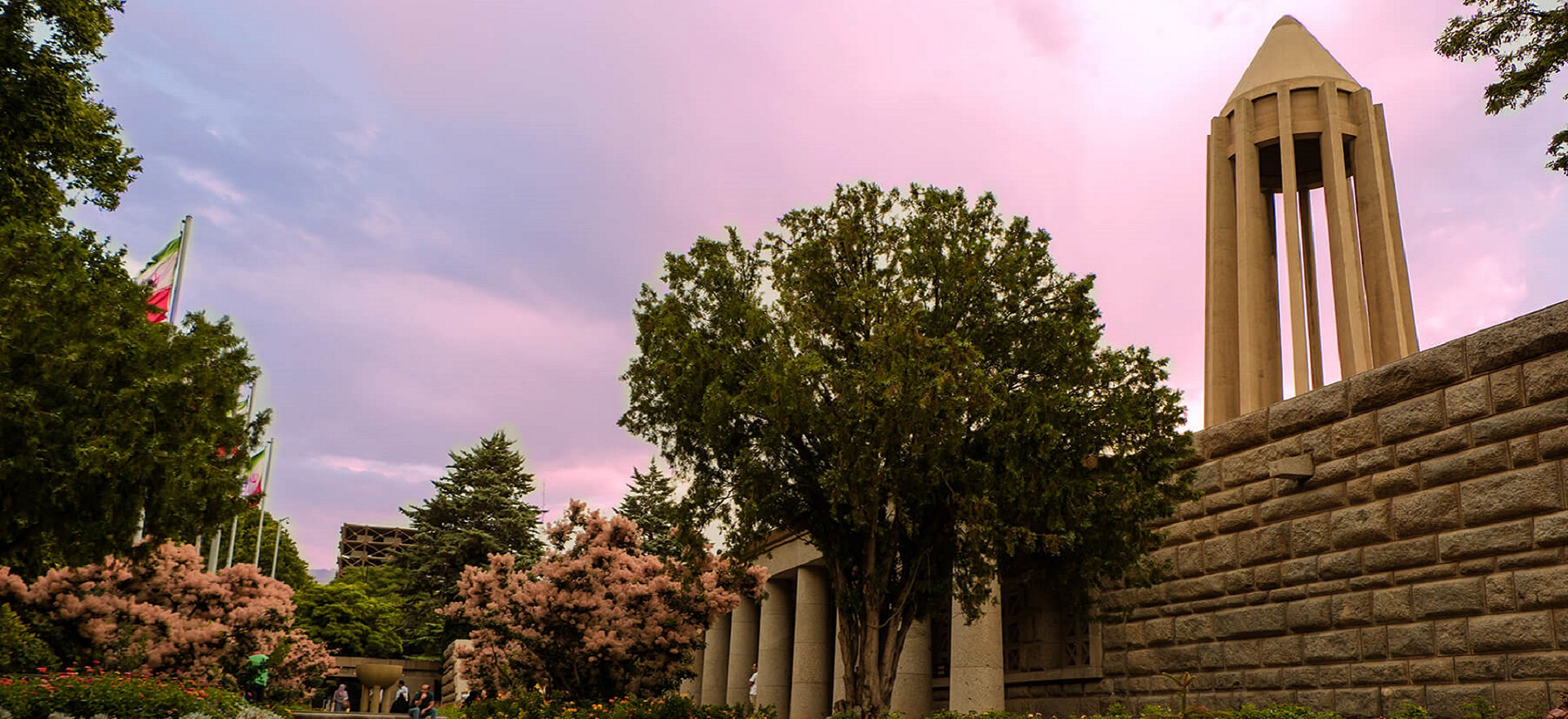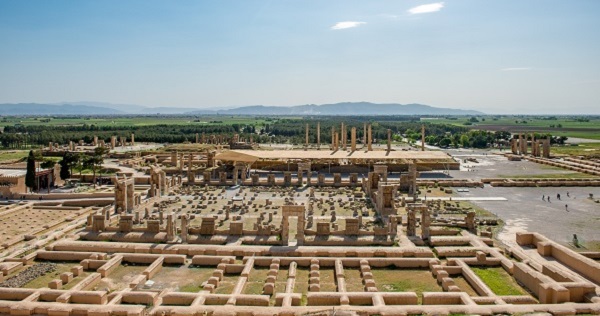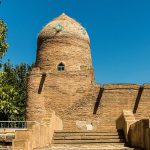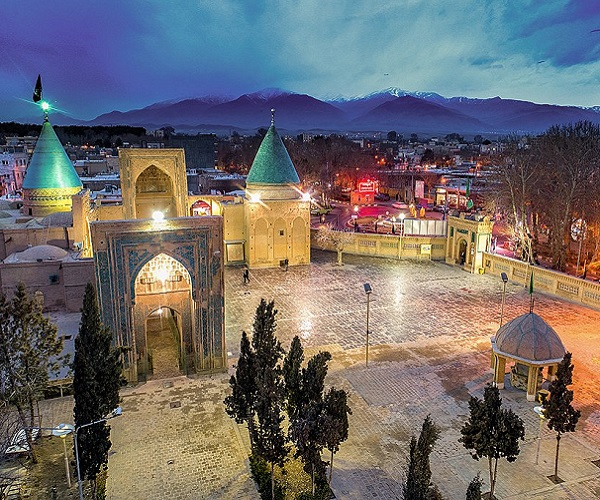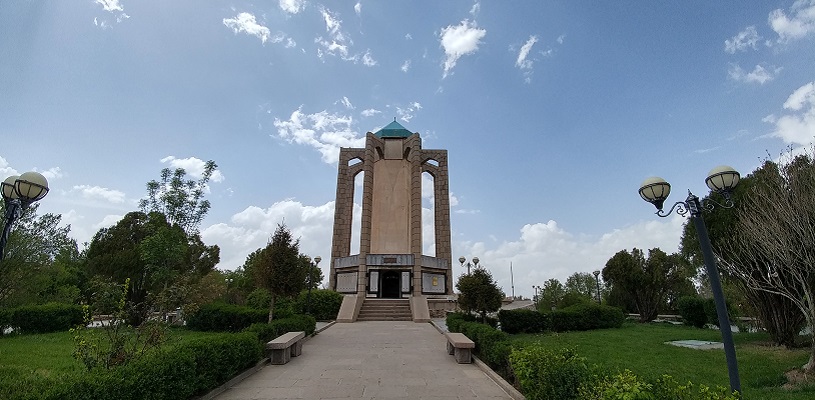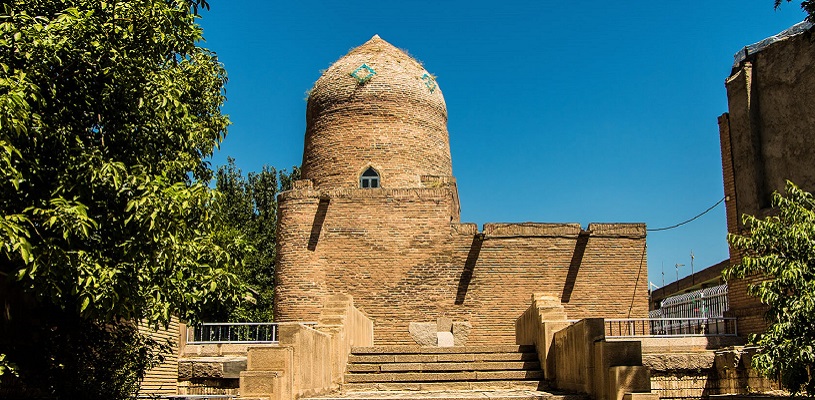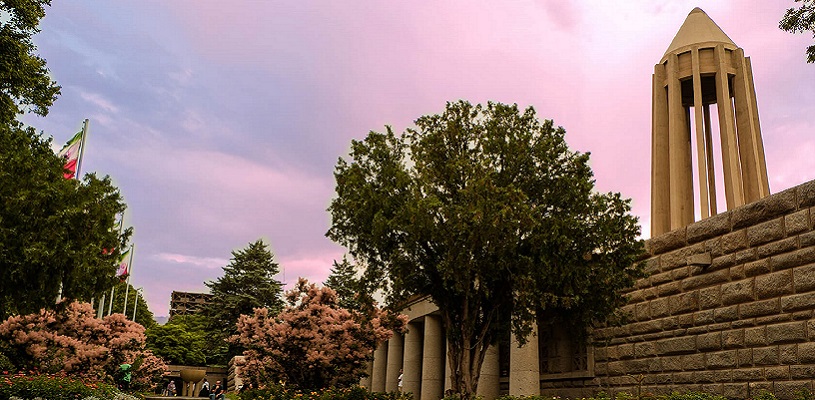
Mausoleum of Avicenna (Tomb Museum) | Hamedan, Iran | Avicenna Mausoleum
Avicenna, the father of early modern medicine, one of Iran’s most celebrated scientists, and one of the most well-known figures of the Islamic Golden Age, has no need for an introduction! In the middle of one of Persia’s oldest cities, Hamedan, Avicenna Mausoleum stands proudly as the iconic symbol of the city. Located in a square of the same name, the monumental tomb of this 11th-century prodigy is one of the top attractions of the city. Join me on this post to discover more about Avicenna and his lovely tomb.
Contents
- 1 Why Visit Avicenna Mausoleum
- 2 Who was Avicenna
- 3 The Story of Avicenna Mausoleum
- 4 How Avicenna Mausoleum Looks
- 5 Other Attractions of Avicenna Mausoleum
- 6 The Secret Behind the Pillars – Avicenna Mausoleum
- 7 More About Avicenna Mausoleum
- 8 Like to check out Avicenna Mausoleum?
- 9 Mausoleum of Avicenna Tour
- 10 Tomb of Avicenna on Map
Why Visit Avicenna Mausoleum
- Avicenna is the father of early modern medicine and probably Iran’s most well-known scientist
- Avicenna Mausoleum is one of Hamedan’s most famous attractions.
- You can learn about Avicenna and his work in the Avicenna Museum.
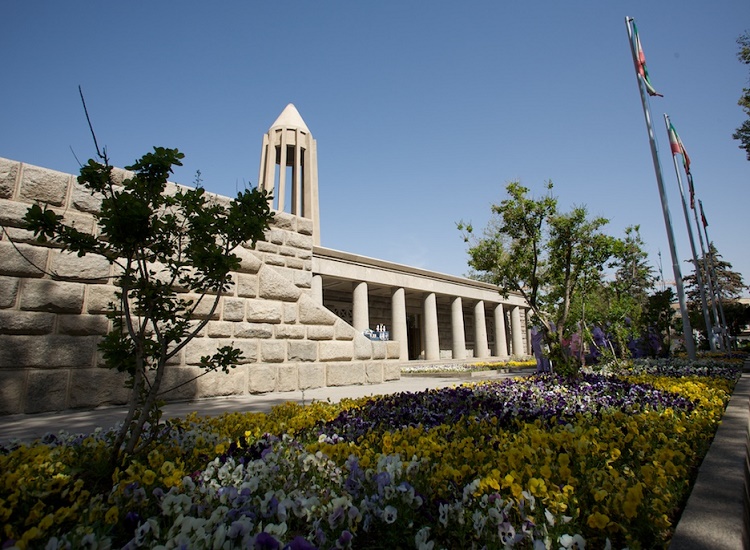
Avicenna Mausoleum – A Side view of the porch and tower
Who was Avicenna
In late 10th century Iran, a boy was born who grew up to be the father of early modern medicine: Ibn Sina (also known as Abu Ali Sina and Avicenna). As a child prodigy, Avicenna had an insatiable thirst for knowledge. At the age of 18, he had mastered many sciences and already cured his first patients. The young Avicenna was inspired by Aristotelian philosophy and read Aristotle’s Metaphysics more than 40 times!
When he died, he left the world with 450 books (240 of which have survived). Two of the books he wrote became reference books in the history of medicine. These books (the Canon of Medicine and the Book of Healing) were even translated into Lain in the 12th century. To the present world, he is known as one of the most significant physicians, astronomers, thinkers, and writers of the Islamic Golden Age. But Avicenna was a musician, a poet, and a philosopher as well.
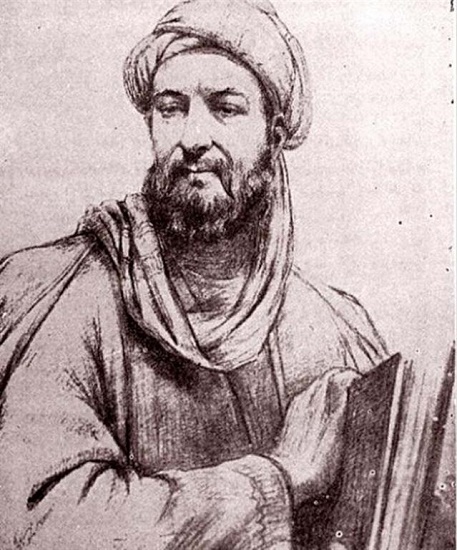
A portrait of Ibn Sina
The Story of Avicenna Mausoleum
To Iranians, Avicenna has been a national icon. And as national icons, they showed their admiration by building mausoleums over his tomb. Avicenna was buried beside his friend and a Chahartaq (building with 4 arches) was built over their tombs in the late 13th century. But the Chahartaq had become a ruin in the early 19th century when Princess Negar (granddaughter of Fath-Ali Shah) ordered the construction of a new mausoleum. Then, the Domed structure she built gave its place to the present structure in the 20th century. In 1952, Mohammad Reza Shah dedicated this mausoleum to Avicenna in a grand ceremony. When they opened the old tomb to replace it with the new one, they took a picture of his skull.
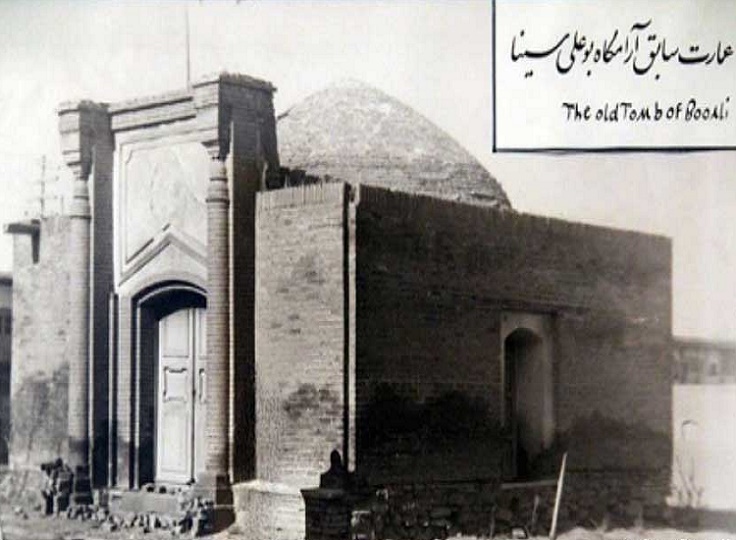
A photo of Avicenna’s old tomb – old Avicenna mausoleum
How Avicenna Mausoleum Looks
The designer of Avicenna Mausoleum got inspiration from a masterpiece of Iranian architecture in northern Iran: Gonbad-e Qabus (UNESCO). Mixing the architectural elements of ancient Iran and Islamic architecture, he gave the monument unique symbols.
Outside, you can see a garden in the style of Persian gardens and a pool in the style of traditional Iranian houses. Behind the pool, there is a white porch. Three wide steps lead you to the porch on which 10 pillars are standing. Then, the open wooden doors give you a view of the interior stone walls. Inside, you can see 12 pillars that stretch beyond the roof. Together, they create the iconic tower that stands elegantly on the building. In the middle of the 12 pillars, you’ll find Avicenna’s tomb. Beside his grave, you can also find the grave of his close friend, Abu Saied. On both graves, there are marble tablets and calligraphic inscriptions.
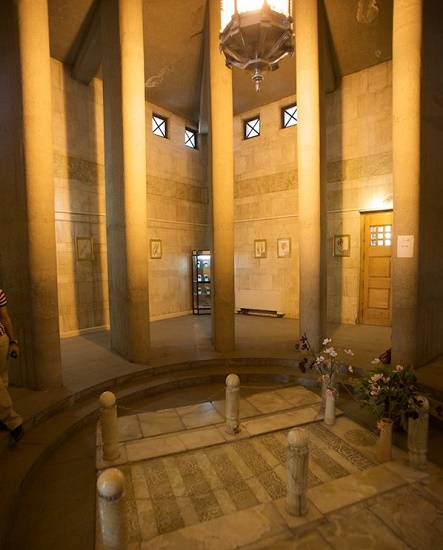
Interior view of the Avicenna Mausoleum
Other Attractions of Avicenna Mausoleum
In the complex, except for the mausoleum, you can find a library, a small museum, and a monumental statue. To the south of the tomb, you can find a museum that protects valuable artifacts of both ancient Iran and the Islamic era. To the north, you’ll find a library that shelters more than 8000 volumes of manuscripts and prints in different languages. After they painted a portrait of Avicenna based on the particulars obtained from records, they built a statue of him in white marble. You can find Avicenna with a book in his hand on the eastern side of the complex.

The Statue of Avicenna in the complex – Avicenna Mausoleum
The Secret Behind the Pillars – Avicenna Mausoleum
The secret lies in the number of pillars in the mausoleum. Why are there 10 of them in the porch and 12 of them around the tomb? Well, because the architect intended to symbolize things. The 10 pillars on the porch stand for each century that passed between Avicenna’s death to the time they built the structure. Also, to symbolize Avicenna’s wide knowledge, the architect built 12 pillars around his tomb. Each of these pillars represents one of the subjects Avicenna mastered.
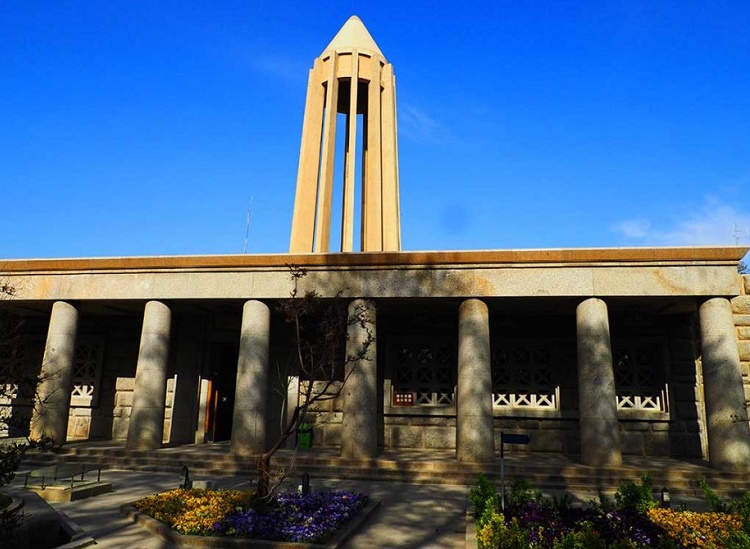
The symbolic pillars of the Avicenna mausoleum
More About Avicenna Mausoleum
Open Hours
8:30 a.m. to 5 p.m.
Open Days
All days except some national hollidays
Attractions Near Avicenna’s Mausoleum
Near the resting place of Iran’s beloved physician, you can find other attractions. Above all, you can pay a visit to the resting place of another Iranian figure: Mausoleum of Baba Taher. Also, you can check out the pre-Islamic and Islamic relics kept in Museum Hegmataneh. Plus, Ganjnameh, trilingual inscriptions form Achaemenid period, is also a great choice near Avicenna Mausoleum (about 9 km).
Where to Eat Near Avicenna’s Mausoleum
Aryaeiyan Traditional restaurant
Shandiz Haji Restaurant
Dareta café Restaurant
Choobin Italian Restaurant
Like to check out Avicenna Mausoleum?
Then join us on our Deep into the Heart of Persia Tour.
Mausoleum of Avicenna Tour
Tomb of Avicenna on Map
Keywords: mausoleum of avicenna, who was avicenna, tomb of avicenna, hamadan, iran

